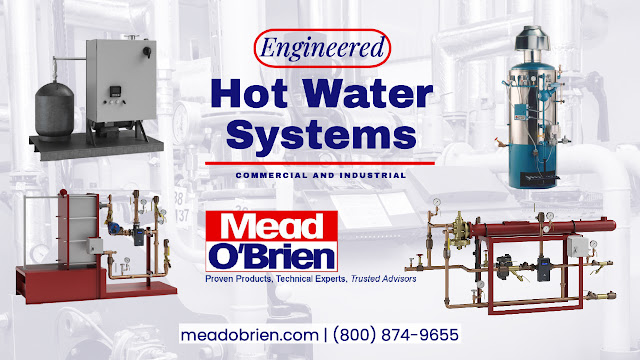Basics of Valve Actuation:
Valve actuation is the mechanism that drives the valve to open, close, or modulate, controlling the flow of the medium (gas, liquid, or slurry). Pneumatic actuators utilize air pressure to provide the necessary motion, transforming the energy from the compressed air into mechanical movement.
Rack and Pinion Actuators:
Mechanism: Rack and pinion actuators comprise a cylindrical chamber housing a piston connected to a rack. When air pressure is applied, the piston moves, driving the rack to engage with a pinion, resulting in rotational movement.
Advantages:
- Consistent Torque: They offer a uniform torque output throughout the rotation, aligning well with valves that require a nearly constant force, like ball or butterfly valves.
- Compact Design: Typically more lightweight and compact, they're ideal for situations with limited space.
- Durability: With fewer moving parts, they often exhibit longer lifespans in specific environments.
- Cost-effective: Generally less expensive than their scotch-yoke counterparts for the same torque output.
Scotch-Yoke Actuators:
Mechanism: The scotch-yoke design converts linear motion into rotational motion using a yoke mechanism and a rotating pin. As the piston rod moves, the yoke slides along the rotating pin, producing rotational movement.
Advantages:
- Variable Torque Profile: Their torque output isn't constant—it increases near the ends of rotation, which can be beneficial for valves like a gate or globe valves where torque needs to rise at the start and end of a stroke.
- High Torque Capabilities: They can offer higher torque outputs for the same size as rack and pinion actuators in specific configurations.
- Robustness: They can be more robust in heavy-duty applications requiring high torques.
Rack and Pinion vs. Scotch-Yoke: When to Specify Which?
- Torque Profile Needs:
- For ball or butterfly valves that demand consistent torque throughout the rotation, rack, and pinion actuators are preferable.
- The scotch-yoke design is advantageous for gate or globe valves that require high torque at the start and end of operation.
- Space & Weight Considerations:
- In constrained spaces or where weight is a concern, the compact nature of rack and pinion actuators may be beneficial.
- Durability & Maintenance:
- In clean environments, the more straightforward design of the rack and pinion might have an edge in terms of longevity.
- The wear and tear on the scotch-yoke's sliding parts may require more frequent maintenance in dirty or harsh conditions.
- Cost Sensitivity:
- Budget constraints might lean towards rack and pinion actuators, though weighing initial costs against potential maintenance and longevity is essential.
- Operational Speed:
- Depending on design specifics, speed requirements may favor one actuator type over the other.
Choosing between rack and pinion and scotch-yoke actuators is not a one-size-fits-all decision. Factors like torque requirements, environmental conditions, space constraints, and costs play vital roles. Engaging with manufacturers and understanding the specific needs of your application will ensure optimal system performance and longevity.
https://meadobrien.com
(800) 874-9655






